2026 Author: Leah Sherlock | [email protected]. Last modified: 2025-01-24 17:46:37
Creativity is a great opportunity to express feelings and cheer yourself up. Art helps a person to understand himself and see the beauty in the world around him. It doesn't matter if a person has special abilities or not. The main thing is that doing some kind of art is a pleasure and to your liking. It can be music or singing, modeling or drawing. Painting is a popular activity that is available today not only to professional artists, but also to amateurs. Every painting starts with a base. Canvas is a wonderful basis for a painting. It is about him that will be discussed in this article.
What is canvas?
The basis for painting can be different. Much depends on the technique of writing, the tasks of the master, his artistic intent and preferences in the visual arts. You can draw on wooden boards, metal, paper, cardboard, concrete, brick, glass. That is, almost any surface can be painted if desired.
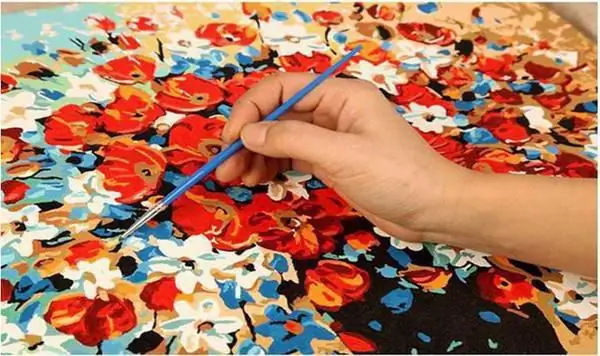
The use of fabric as a basis for creating works of art has been practiced for a very long time. As early as the 15th century, artists began experimenting with fabric. Many famous paintings werewritten on this material. Canvas is a fabric specially fixed on a wooden frame with various quality characteristics, such as strength, texture, structure, weight, type of thread. All characteristics depend on the type of material chosen. For example, the texture of the canvas can be fine-grained, medium-grained and coarse-grained, and the thread can be natural and synthetic. Strength and structure depend on the fiber from which the fabric is made.
Types of canvas
Silk, jute, wool can be used as a basis for painting. Basically, these are natural fabrics made from plant materials: flax, cotton, hemp, jute. The most popular types of canvas in modern painting are: linen, cotton, synthetics, bortovka, combined canvas. There are also hemp and jute options. Linen is the most common canvas material. The fiber is strong enough and the most resistant to external influences compared to other materials.

Linen canvas has a gray-yellow color, good grain of various kinds, according to the quality of the threads is divided into several types. Cotton is less durable than linen, easily absorbs moisture, rather fragile, prone to sagging on the frame, has a pale yellow color. Bortovka is a rough, harsh canvas, more suitable for technical or economic use. At the same time, the fabric is fragile, easily torn. In a picture painted on canvas from a bead, the paint can begin to crack very quickly due to the weak tension of the threads. Also this fabricoften has factory defects in the form of knots and thickening of the threads. Nevertheless, it is bortovka that is very popular among modern painters. Canvas made of synthetic polyester threads is durable, does not react to changes in the external environment, and in the long term has not yet been studied enough. This type is most often used in digital image printing. A very common type of canvas among amateurs today is combined. It consists of natural and artificial fibers. Jute and hemp options have low performance, however, they are also actively used.
Canvas Benefits
The advantages of using canvas are primarily in the ease of handling, especially when holding exhibitions. The fabric is easy to curl, convenient to transport, takes up little space, less deformed during transportation. The texture of the canvas is also important. Due to the natural unevenness of the surface, the paintings acquire additional artistic properties that enhance the aesthetic effect. This is a play of light and shadow, changing shades of color.
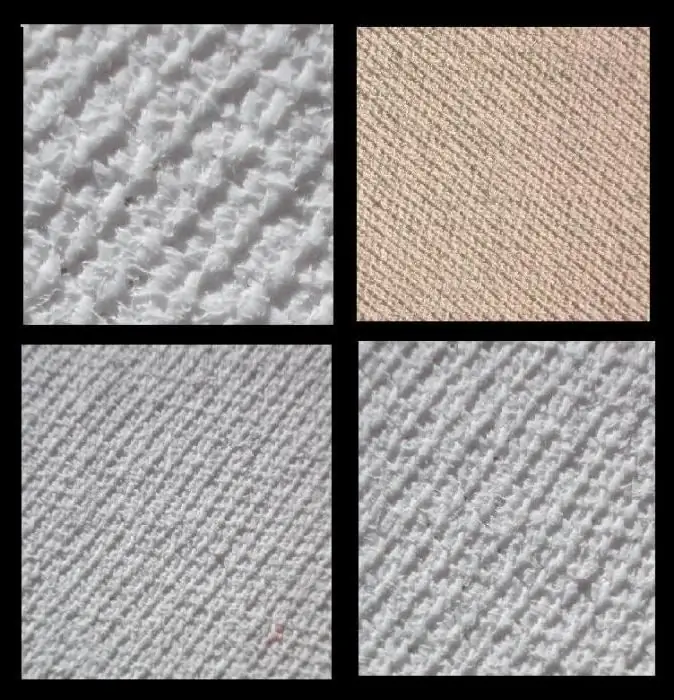
The picture on the canvas is lively and deep.
Flaws
The main disadvantage of canvas is its strong exposure to negative environmental influences. It is sensitive to moisture and changes in air temperature. It is easy to mechanically damage it: cut or accidentally pierce. Some types of fabric canvases are easily deformed. Paints on the canvas can lie unevenly and begin to flow, which can hopelessly ruin the work. Over time due topaint deformations may crack. History knows many cases of the loss of magnificent canvases precisely for this reason. Due to the natural fragility of the fabric base, many world masterpieces in museums are stored in special conditions in closed glass boxes.
Features of painting on canvas
The texture of the canvas provides good adhesion of the paint to the surface. Nevertheless, to obtain an excellent result, it is necessary to responsibly approach the preparation of the fabric for use. First, you need to choose the right texture based on the goals set by the artist. The choice of canvas grain will depend on the writing technique: large, medium or small.
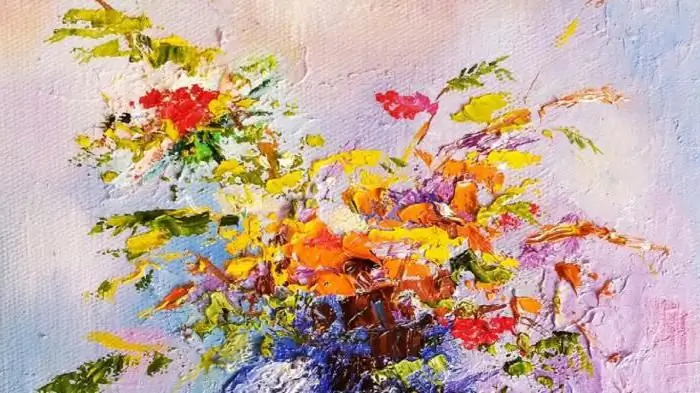
This is important, because the inconsistency of graininess with the manner of writing can complicate the process of writing and lead to a rapid subsequent aging of the picture. Secondly, the canvas must be primed and strengthened in a stretcher. If you intend to paint on canvas with oil, then it is better to prefer coarse grain, for watercolors or other liquid paints, experienced matser brushes recommend using a fine-grained canvas.
There are a number of requirements for an art canvas. It must be unbleached. Bleaches, which are used before preparing fabric for industrial dyeing, contain various chemical constituents that adversely affect the strength of the fabric. The surface of the canvas must also be smooth, without thread breaks, knots and other defects. The weave should be tight, the threads should be of the same thickness and tension. When choosing a fabric, care must be takenvisually evaluate her appearance.
Painting by numbers
For a long time, painting was the lot of the elite. First of all, it is necessary to have a talent or ability for artistic writing. Then you need to study for a long time, practice, spoil more than one canvas before achieving a result. Fortunately, today there is a great opportunity for anyone who wants to practice painting without preparation and at the same time get excellent results. In special art stores you can buy a set of "Painting by numbers" (including canvas).
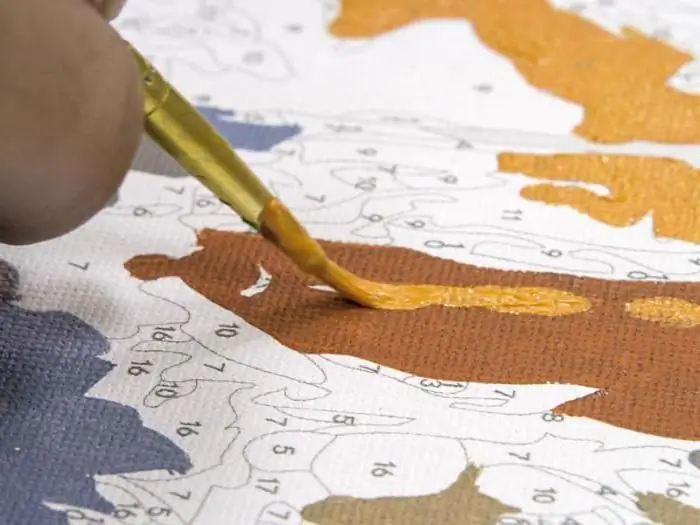
The technique of working with such a set is clear, simple and accessible. This activity will be interesting for both adults and children. The kit contains everything you need: paints, canvas, brushes. On the prepared canvas, the borders of the details of the drawing are marked by numbers. Paints do not need to be specially diluted or mixed. They are ready to go right away. One number, one paint color. Following the instructions, you need to paint the corresponding section of the image step by step. Such work requires care, so for starters, you can choose a canvas with a simple pattern with large elements. With due diligence and accuracy, you will definitely get a magnificent work of art that you are not ashamed to hang on the wall of your house or give to friends.
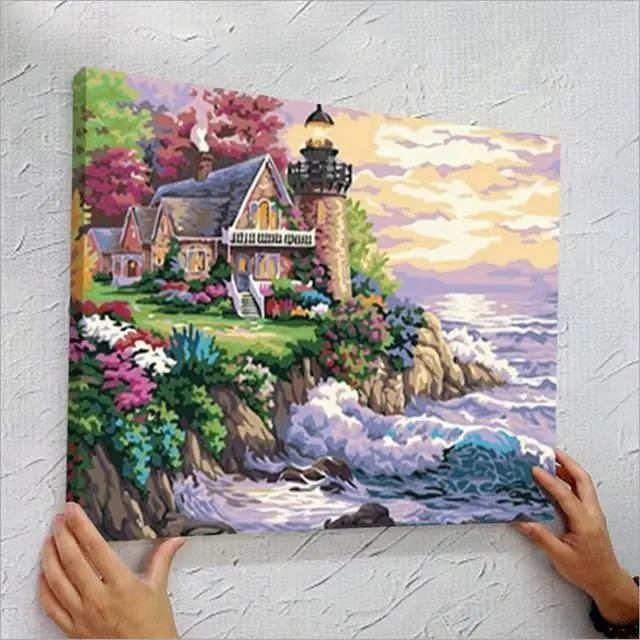
Digital Canvas
Modern technology today allows you to create works of art in a variety of ways. One of the innovative techniques is digital printing.on canvas.
For these purposes, a synthetic or combined fabric is used, which has high strength characteristics. Typically, digital printing produces high-quality reproductions of famous paintings and photographs. The image is applied using solvent, latex or UV printing.

Stylized portrait
Another modern digital printing technique that has become a separate trend in contemporary art is the creation of a stylized portrait on canvas from a photograph. Such a picture has become a very popular gift nowadays. The combination of high technology and traditional canvas allows you to get a portrait that differs little from man-made. At the same time, the technique of performance and style can be different: from grunge and pop art to caricature and a picturesque portrait. The key word here is styling. This means that the most ordinary photo is transformed with this technology into a work of modern art.

Making a canvas at home is easy
Professional canvases are quite expensive. Therefore, with some skill, an amateur artist is able to make a canvas for painting with his own hands. To do this, you will need to make a wooden frame, pull fabric (preferably linen) over it, and fix it. Then primed and, after waiting for the canvas to dry completely, get to work. There is another little secret. Before you start applying the primer to the base, it must be covered with two layers of gelatin, one after the other. Various and detailed instructions for making canvas at home, published on the relevant thematic resources, allow you to provide yourself with material for the required number of paintings at almost any time.
A high-quality and properly selected canvas is the key to successful and exciting work, excellent results and excellent mood.
Recommended:
Lead white: properties, manufacture, application, he alth hazards
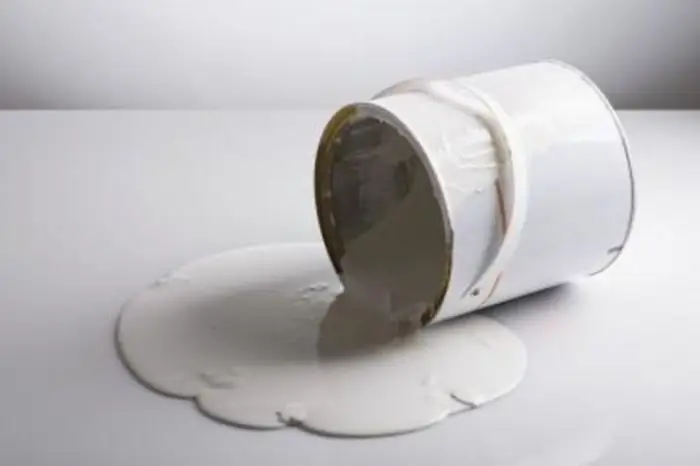
White mineral paints based on lead are named after the mineral they contain - white lead
Minor key - features, properties and requirements
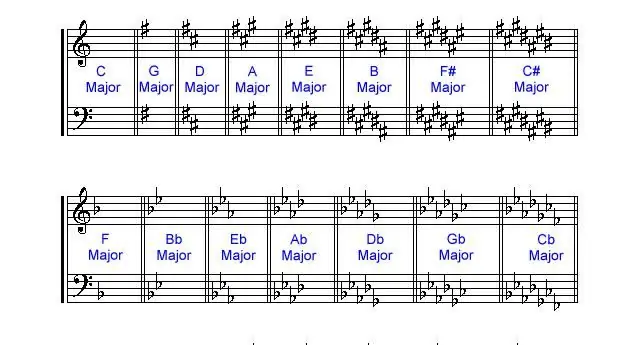
Each of us has favorite tearful songs. But with the help of what do they sound like that and evoke a whole range of powerful emotions, starting with light sadness and ending with acute unbearable pain throughout the body? Music is an exact science that has a strict mathematical calculation
Portrait stylized on canvas: description and features

What can surprise a modern person? Indeed, in the era of nanotechnology and special effects, this seems to be a difficult task
What is gouache: composition, properties and types, application features
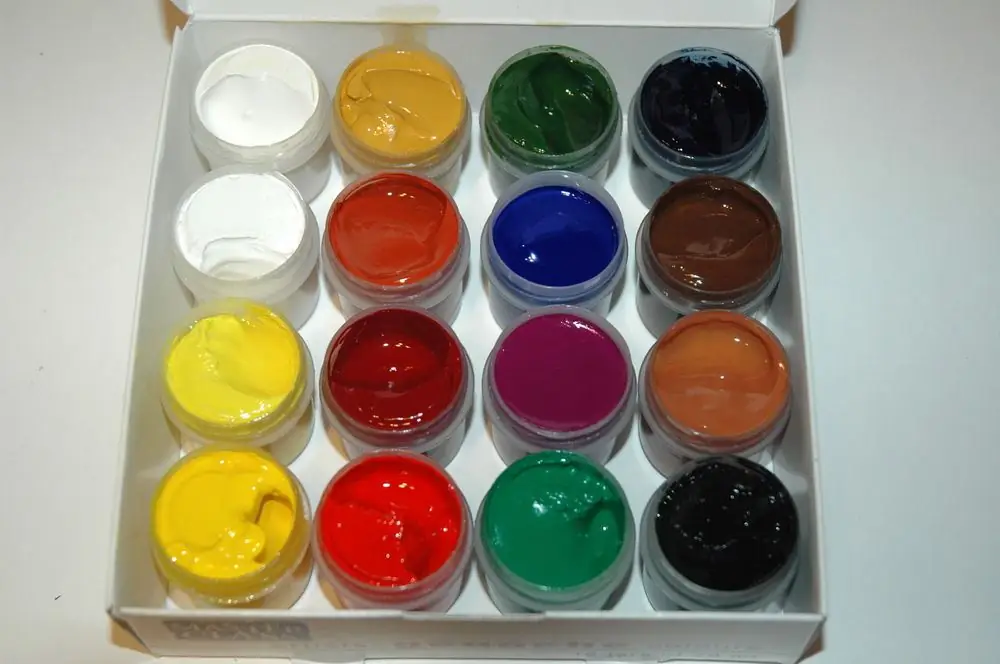
All children and many adults love to draw. Before you start the creative process, you should understand what gouache is. Firstly, this word refers to the paint itself. The second answer to the question, what is gouache, will be as follows: these are the drawings made by her. How to make gouache at home and what drawing techniques exist, you can learn from this article
A good guitar for beginners: types and types, classification, functions, characteristics, selection rules, application features and rules of the game

The constant companion of a cheerful company on hikes and at parties, the guitar has long been very popular. An evening by the fire, accompanied by enchanting sounds, turns into a romantic adventure. A person who knows the art of playing the guitar easily becomes the soul of the company. No wonder young people are increasingly striving to master the art of plucking the strings

